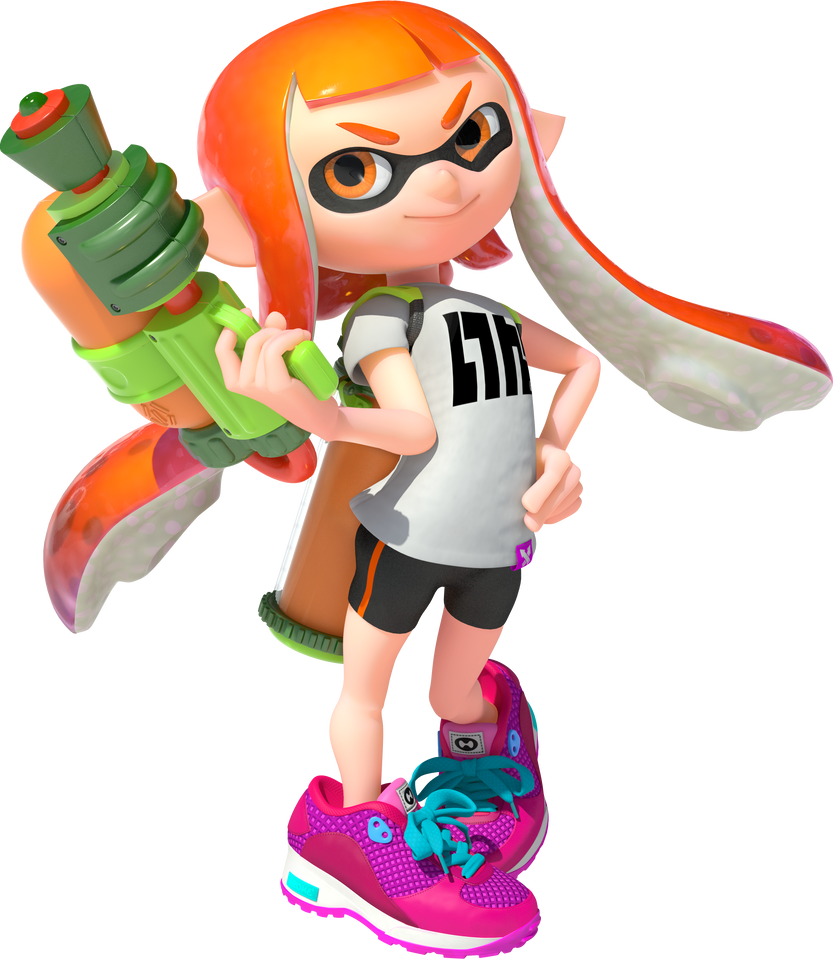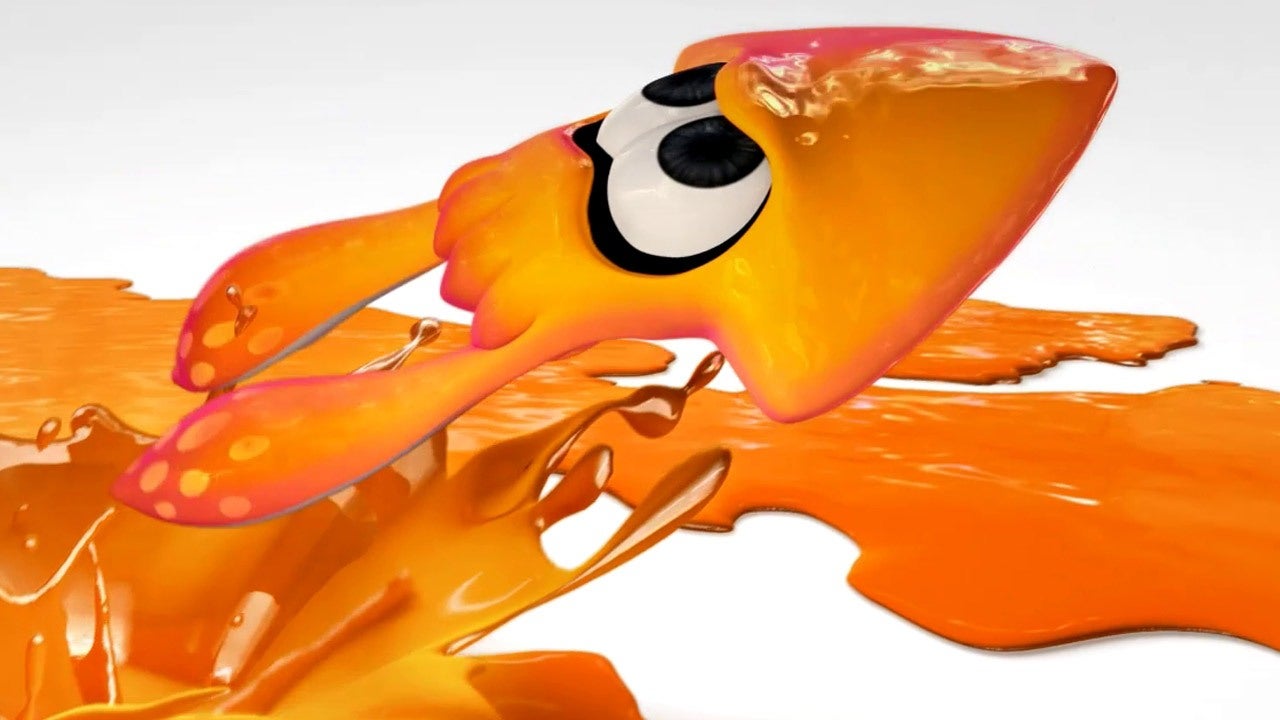BlackZero
Inkling Commander
- Joined
- Nov 3, 2015
- Messages
- 350
Sea cucumbers can switch between liquid and solid forms. It could be that Inklings developed a similar ability. They switch between forms by liquefying, arranging themselves into the other form, then solidifying again. This could also explain how they can "swim" in ink. They liquefy when they're in the ink so they blend in, yet still hold their molecular structure together like a sea cucumber can in sea water. Sea cucumbers can control this process neurologically, but there may something in the ink that forces a shift in matter states, hence why Octoweapons sink into the ink: the material they're made of liquefies, yet retains its overall structure. After they get out, the material solidifies.
Octolings could also have a similar ability, hence the diversity in their appearance. Inklings could shapeshift into similar forms, but elect not to due to the rule of cool. In either case, it would only be a matter of liquefying, reshaping, then solidifying. They could change into several other forms this way, but simply choose not to.
Sauce: http://www.japantimes.co.jp/news/20...ea-cucumbers-radially-different/#.Vjp7HreFNok
Octolings could also have a similar ability, hence the diversity in their appearance. Inklings could shapeshift into similar forms, but elect not to due to the rule of cool. In either case, it would only be a matter of liquefying, reshaping, then solidifying. They could change into several other forms this way, but simply choose not to.
Sauce: http://www.japantimes.co.jp/news/20...ea-cucumbers-radially-different/#.Vjp7HreFNok
"It is this ability which interested Greg Szulgit and Robert Shadwick of the Scripps Institution of Oceanography in California. Echinoderms have a compound in their tissue called collagen, which can change, under neurological control, from “liquid” form to “solid” form and back again. This ability allows sea cucumbers to in effect liquefy their bodies and pour themselves into a crack in a rock, then wedge themselves in by solidifying their tissue, to prevent a predator from pulling them out.
Other responses to stress include ejecting water (see photograph) or more drastically, by ejecting their internal organs (which are later regenerated).
Writing in the Journal of Experimental Biology, Szulgit and Shadwick report that the change from elastic liquid form to stiff solid form is caused by the changes in the linkage of long collagenous fibers which run through the tissue."[\spoiler]
Other responses to stress include ejecting water (see photograph) or more drastically, by ejecting their internal organs (which are later regenerated).
Writing in the Journal of Experimental Biology, Szulgit and Shadwick report that the change from elastic liquid form to stiff solid form is caused by the changes in the linkage of long collagenous fibers which run through the tissue."[\spoiler]
Last edited:


